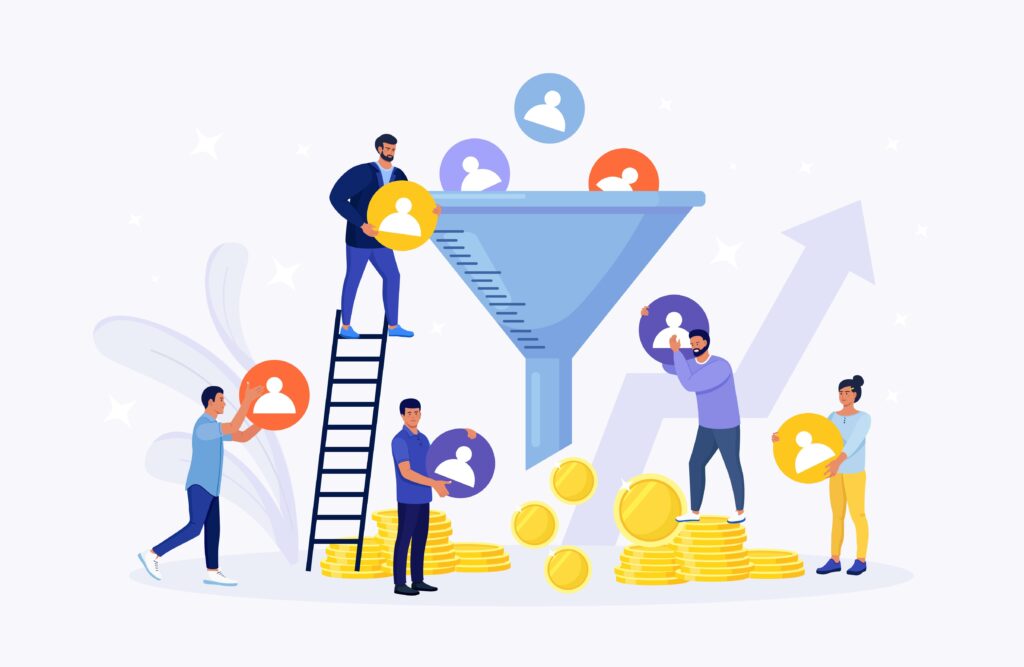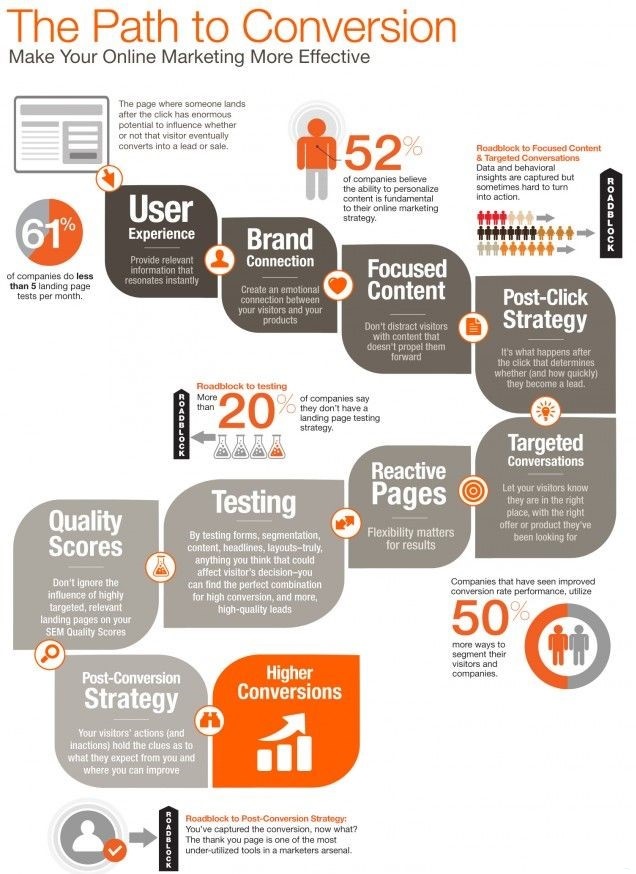How to Achieve Conversion Rate if you are a Beginner

What is conversion?
Conversion is the journey of turning potential clients into actual buyers. While the definition may seem simple, the process can be complex. Convincing an individual to trust your services or products requires strategic effort, particularly when you’re just starting. Firstly, you have to demonstrate competence in your field or product quality. Secondly, it’s essential to present a compelling value proposition, showing why their investment in time and money would be worthwhile. People are typically hesitant to invest in the unfamiliar; hence when strategizing for conversion, be prepared for diligent work, prompt responsiveness, and a dynamic approach. Remember, in the world of online marketing, a conversion could also signify any desirable action taken by a user on your website or ad, not just a purchase.
What are the best practices to increase the conversion rate?
Make sure your website opens fast, is easy to use, and works well on mobile devices. If a website is slow or hard to understand, potential customers may leave before they buy something.
- Use compelling calls to action (CTAs): Use strong, clear calls to action to get your readers to take action. Make it clear what they should do next.
- A/B Testing: Try out different parts of your website or ads to find out which ones work best. This can be done with different titles, pictures, or calls to action. Use the information to make changes to your plan.
- Improve your landing pages. People are more likely to buy if the landing page is related to the ad or search that brought them there. Make sure your home page’s message fits the message on your ads.
- Make sure what you’re offering is worth something to the customer. This could be a good product, a way to solve a problem or even good customer service.
- Use recommendations, reviews, and trust seals to show viewers they can trust your business.
- Make it easier for people to convert. Make it as easy as possible for people to convert. This could mean making the checkout process easier, cutting down on the number of form areas, or giving clear directions on finishing the change.
- Retargeting: Use retargeting to get people who didn’t buy the first time to return. This can be done through email marketing or ads that follow a person around.
Remember that what works best can vary based on your business and customers. Always use data to figure out how to improve your tactics and make changes.
Other Techniques You Can Use
- Use softening in your copywriting. Softening is a technique that involves using words and phrases that make the reader feel comfortable and at ease. This can help to reduce the perceived risk of taking action, which can lead to more conversions.
- Use animation to highlight your calls to action. Animation can be a great way to grab attention and draw the eye to your calls to action. This can be especially effective on landing pages where you want to encourage visitors to take a specific action, such as signing up for a newsletter or making a purchase.
- Detect a user’s location and serve a landing page specific to that area. This is a great way to personalize the user experience and make it more relevant to their needs. For example, if a user is visiting your website from New York, you could serve them a landing page with information about your products or services that are available in that area.
- Use shopping cart abandonment emails. Shopping cart abandonment emails are a great way to recover lost sales. These emails are sent to customers who have added items to their shopping cart but have not completed the checkout process. The emails typically remind the customer of the items they left in their cart and offer them a discount or incentive to complete the purchase.
- Set up funnel analysis from start to finish. Funnel analysis is a process of tracking the progress of visitors through your website or landing pages. This can help you to identify areas where visitors are dropping off and make changes to improve your conversion rate.
An Example of Conversion
A real-life example illustrating a conversion strategy for an e-commerce company selling shoes
- Getting Visitors
The firm starts a shoe care and fashion blog. It optimizes blog posts for search engine traffic. They launch campaigns on Instagram and Pinterest, where their target demographic is engaged. Attract attention with spectacular pictures and intriguing information. - Engaging Visitors
The blog has high-quality, relevant articles. Each blog article has eye-catching shoe photos, links to related goods on their e-commerce site, and a powerful CTA to urge visitors to shop. - Converting Visitors to Leads
Each blog article has a subscription form for a free shoe care guide or style lookbook. Converting visitors into leads begins here. - Nurturing Leads
Leads get automated emails with style guidance, shoe care information, and special offers. This builds trust and keeps the brand in mind. Retargeting advertising on social media reminds people of things they like. - Getting Customers
After a few emails, prospects get a time-sensitive discount coupon to encourage a purchase. Second conversion point: leads to customers. - Delighting Customers
After purchasing, customers get a thank you email and an opportunity to join a loyalty club for unique advantages. Excellent customer service throughout increases repeats purchases and recommendations.
Conclusion
Conversion is one of the most important sales and marketing metrics. It means making a possible customer or lead into a real customer. It’s the vital moment when someone who visits your website, sees your ad, or gets your email decides to do what you want them to do, like buy something, fill out a form, or sign up for your magazine.
Effective conversion strategies involve knowing your target audience, giving them useful content, guiding them through a well-designed sales process, and constantly trying and improving your methods. Conversion rates can be increased by a lot with techniques like personalized messages, using social proof, advertising, and giving great customer service.
In the end, growing sales comes down to giving your customers a smooth, interesting, and useful experience that meets their needs and expectations, leading them from the moment they first hear about your business until they make a decision and beyond.





